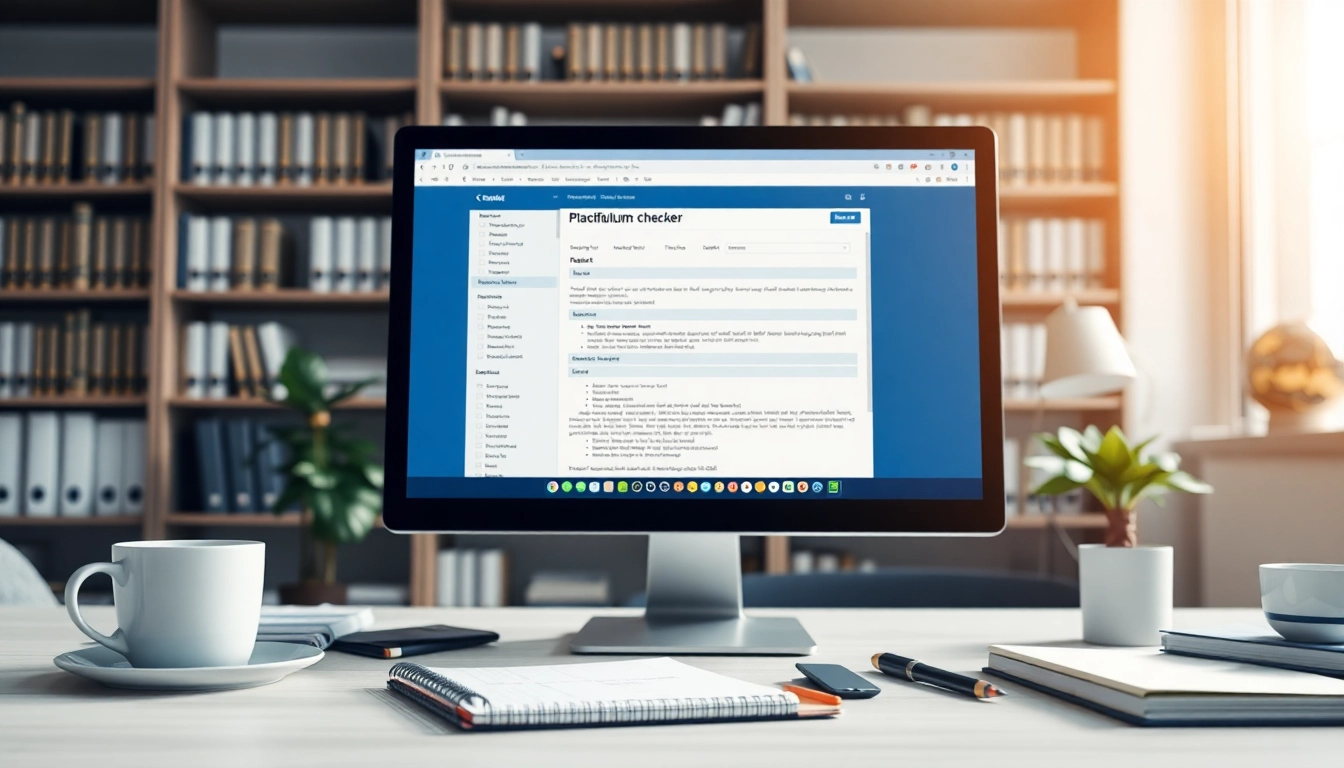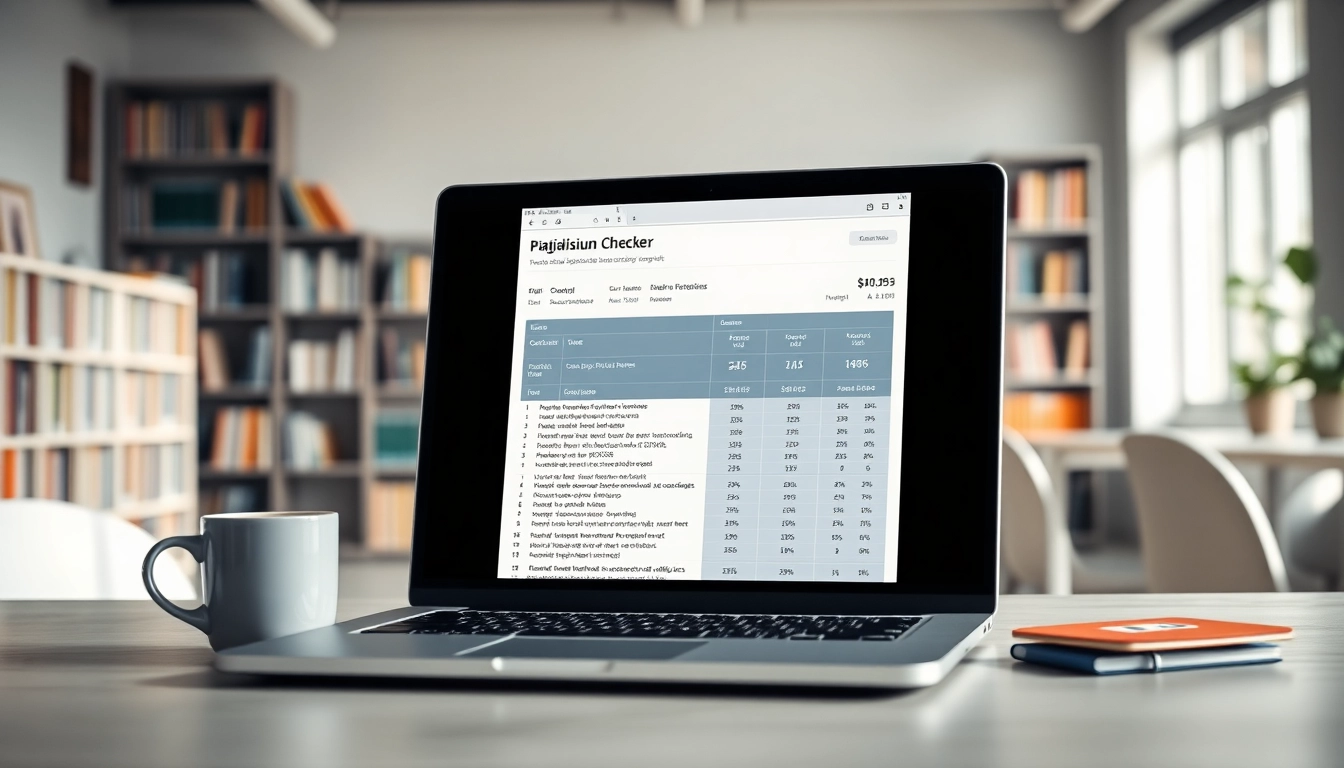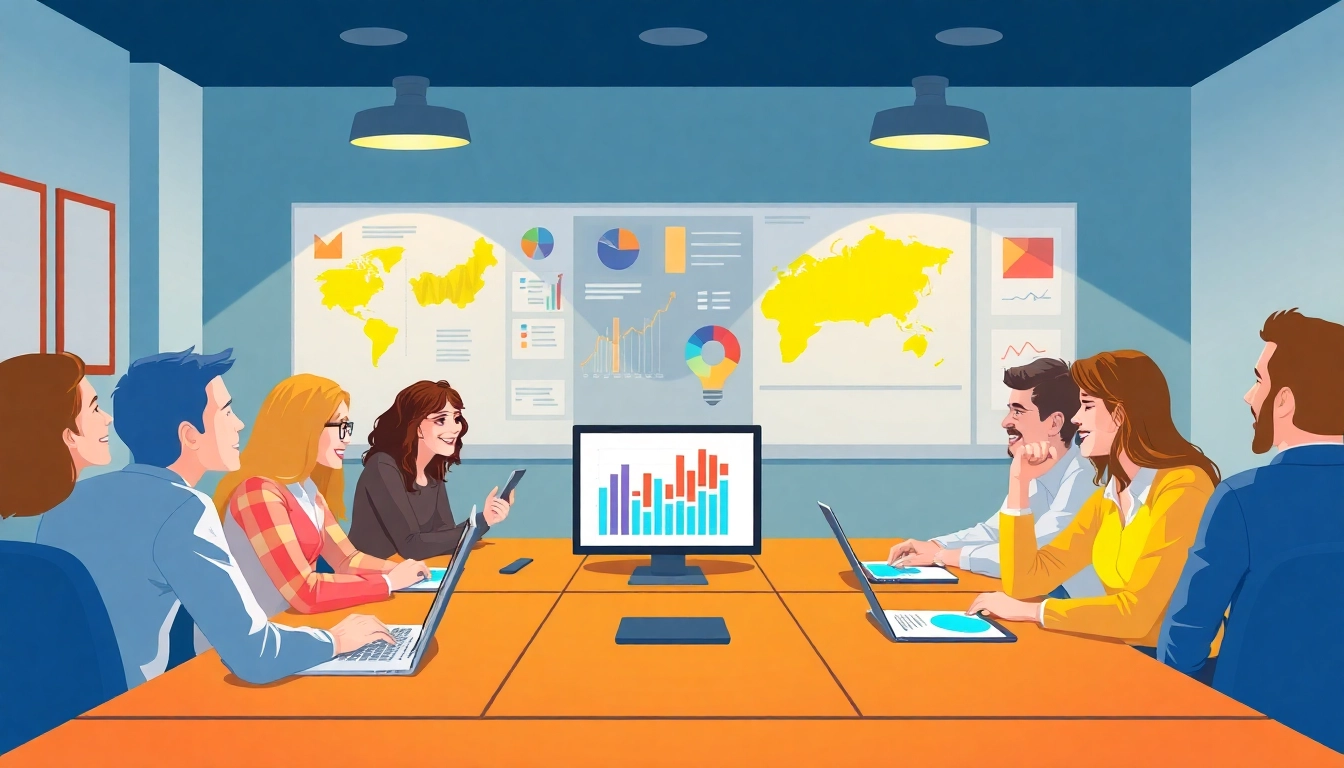Understanding Plagiarism and Its Consequences
Definition and Types of Plagiarism
Plagiarism is often defined as the act of using someone else’s work, ideas, or intellectual property without proper acknowledgment. This act not only discredits the original creator but can also have severe consequences for the individual committing the plagiarism. There are several types of plagiarism, including:
- Direct Plagiarism: Copying someone else’s work word for word without citation.
- Self-Plagiarism: Reusing one’s own previously submitted work without acknowledgment.
- Accidental Plagiarism: Maintaining the same idea or concept but failing to properly cite the source.
- Patchwork Plagiarism: Combining multiple sources without appropriate citation, creating a “patchwork” of copied text.
- Paraphrasing Plagiarism: Rewriting someone else’s ideas in a way that isn’t substantially different from the original without proper citation.
Legal Ramifications for Academic and Professional Integrity
Plagiarism is not just an ethical violation; it can also lead to serious legal repercussions. Academic institutions typically have strict policies against plagiarism, and being caught can result in penalties such as expulsion, loss of scholarships, and academic probation. On a professional level, plagiarism can lead to copyright infringement lawsuits, damage to an individual’s or organization’s reputation, and loss of employment. Therefore, understanding the implications of plagiarism is essential for safeguarding one’s academic and professional integrity.
Impact on Your Reputation
Beyond the immediate consequences posed by authorities, the long-term effects of plagiarism on one’s reputation can be devastating. Once labeled as a plagiarist, it can take years to rebuild trust and credibility in academia or the professional world. Colleagues may lose faith in your abilities, and potential opportunities could slip away. Therefore, maintaining originality in your work is crucial for fostering a positive reputation.
How a Plagiarism Checker Works
Algorithmic Detection Methods
Plagiarism checkers employ advanced algorithms and software to scan documents for duplicate content. These tools analyze text against extensive databases, including academic papers, published articles, and online content. They primarily use two detection methods:
- String Matching: This method involves looking for identical sequences of words, detecting direct plagiarism or ineffective paraphrasing.
- Semantic Analysis: More sophisticated tools analyze the meaning of the text instead of just the words, enabling them to detect paraphrasing and conceptual borrowing.
Understanding Similarity Reports
After a plagiarism check, the software generates a similarity report, providing insights about potential plagiarism instances. This report usually includes:
- Percentage of Similarity: A quantitative measure indicating how much of the document contains matched content.
- Source Links: Links to the original sources where matching content was found.
- Highlighted Text: Portions of the document marked to show where the matches occur.
Understanding this report is crucial for a writer as it can guide them in revising their work to improve originality and properly credit sources.
Integrating Checkers in Your Writing Process
To ensure originality in writing, integrating a plagiarism checker in the writing process is advisable. Writers should utilize a plagiarism checker as a final step before submitting work. This allows them to identify unintentional plagiarism and correct it accordingly. Incorporating these tools in drafting stages can also help students and professionals alike to maintain ethical standards in their work from the outset.
Choosing the Right Plagiarism Checker
Comparing Features of Popular Tools
Numerous plagiarism checkers exist, making it essential to choose the right tool for your needs. When comparing options, consider features such as:
- User Interface: Is the tool user-friendly and intuitive?
- Database Size: Does it cover a comprehensive range of sources, including academic and internet content?
- Reporting Features: How detailed are the similarity reports?
- Integration Options: Does it integrate with word processors or learning management systems?
Understanding Accuracy and Reliability
The accuracy of a plagiarism checker is vital. Some tools focus on specific types of content, potentially leading to missed matches in academic papers or professional documents. Before selecting, research user reviews and compare the effectiveness of various tools against known works.
Cost vs. Benefit Analysis
Budget considerations play a significant role when selecting a plagiarism checker. Some options are free but may lack the depth or accuracy of paid services. A cost-benefit analysis can help determine if the investment in a premium tool would yield better returns in terms of time saved and quality assurance. Some popular paid tools to consider are Grammarly, Turnitin, and Scribbr, all of which offer extensive databases and features beneficial for both students and professionals.
Best Practices for Avoiding Plagiarism
Effective Note-taking Strategies
Effective note-taking can significantly reduce accidental plagiarism. Use methods such as:
- Summarization: Summarize information in your own words while also keeping track of sources for later citation.
- Segregation: Keep separate sections for your ideas and summaries of other sources to avoid confusion.
- Color Coding: Differentiate your notes from cited quotes or paraphrases using different colors.
Citing Sources and Giving Credit
Proper citation is crucial in avoiding plagiarism. Familiarize yourself with citation styles relevant to your field (e.g., APA, MLA, Chicago) and always give credit where it’s due. This not only strengthens your credibility as a writer but also respects the original authors.
Paraphrasing vs. Quoting: What’s the Difference?
Knowing when to paraphrase and when to quote is essential in academic writing. Quoting includes the exact words of a source, necessitating quotation marks and a citation, while paraphrasing involves rewriting the ideas in your own words. Remember, even when paraphrasing, credit must always be given to the original author.
Future Trends in Plagiarism Detection
The Role of AI in Enhancing Detection Tools
The future of plagiarism detection is being shaped by advancements in artificial intelligence (AI). AI-based tools can analyze more than just text similarity; they can also understand context and intent, improving the capability to detect more nuanced forms of plagiarism, such as paraphrasing and idea theft.
Ethical Considerations in Plagiarism Checking
As technology evolves, ethical considerations regarding how plagiarism detection is used become paramount. Issues around consent, privacy, and the ownership of ideas may arise as institutions implement stricter plagiarism policies backed by advanced detection tools. Adhering to ethical guidelines while using plagiarism checkers is essential to preserve academic integrity.
Innovations on the Horizon: What to Expect
Innovations in plagiarism detection technologies are on the rise. Features like real-time checking during the writing process, multilingual detection capabilities, and the integration of machine learning to improve accuracy and adapt to new trends are expected to become mainstream. As the landscape evolves, it will be essential for writers and academic institutions to stay abreast of these changes.



